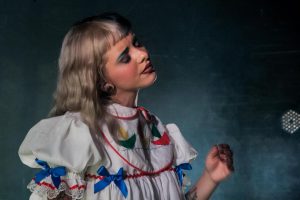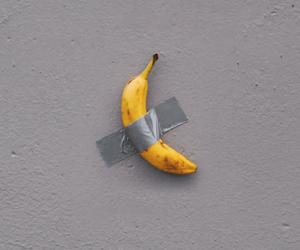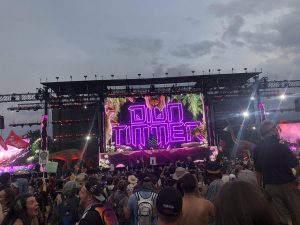Met Gala 2019 Theme Announced: “Camp: Notes on Fashion”
Apr 30, 2019
The Metropolitan Museum of Art’s annual Met Gala theme was recently announced, and plans for this most exquisite fashion event are already in full swing.
Originally founded by publicist Eleanor Lambert in 1948, the Met Gala hosts New York’s most elite celebrities and is one of the hottest ticketed events of the year in the city. Each year a new dress code, or theme, rather, is chosen for the evening. The theme ties in with the costume exhibit that will remain in the museum until mid-September.
The Art Costume Institute’s spring 2019 exhibition theme will be “Camp: Notes on Fashion.” But what does this mean to the elite who will climb the steps to the event on May 6?
Andrew Bolton, the Costume Institute curator, tells Vogue that the theme is inspired by Susan Sontag’s seminnal 1964 essay, “Notes on ‘Camp.’” Sontag argued in her writing for the “love of the unnatural: of artifice and exaggeration.”
“Camp taste has an affinity for certain parts rather than others,” Sontag stated. “Clothes, furniture, all the elements of visual decor, for instance, make up a large part of camp.” Because of the nature of camp, audiences are expecting a lot of exaggerated shapes and over-the-top styling, especially from this year’s hosts: Lady Gaga, Serena Williams and Harry Styles.
The crossover of politics and pop culture through outrageous fashion will be both in the exhibit and on the backs of those who will be walking the carpet. Camp is all over people’s daily lives and is exemplified through fashion. Bolton also told The New York Times, “Whether it’s pop camp, queer camp, high camp or political camp — Trump is a very camp figure — I think it’s very timely.”
Bolton traced the theme back to the French verb se camper, meaning to strike an exaggerated pose, it was often used when describing Louis XIV’s flamboyant and exaggerated posture in court. Camp is deeply rooted in the elaborate glittering dress, forced upon commoners as protocol for court ballets and military events. The lavish ensembles at Versailles were the first of the camp movement.
Camp was explicitly described in a 1909 edition of the Victorian Times as a slang word for actions and gestures of exaggerated emphasis used chiefly by persons of exceptional want of character. Later in the 20th century, camp became the word for fashion and the marginalized queer world when homosexuality was criminal and even the slightest appearance of queerness was not tolerated.
Flashing forward to the mid-20th century, Andy Warhol, Cher and Elton John all became camp Popicons during their ushered embrace of self expression. While camp can mean a lot of things and at different points in history, Bolton told Vogue he believes anything that may be controversial or criticized can be camp.
Bolton stated that the idea of “surplus, when things are too much… a bow that’s too big… too many feathers, too many sequins,” follows in the creative footsteps of designers such as Franco Moschino, Jean Paul Gaultier, Thom Brown and new-generation designers such as Molly Goddard, Richard Quinn and Palomo Spain.
Once you understand what camp truly means, you will see why the Met Gala’s 2019 theme was carefully placed at a pivotal change in pop culture, politics and counterculture. Who would’ve thought that being exaggerated and unique in your own style would become a Met theme?
Editors Note: Information was collected from Vogue and The New York Times.












